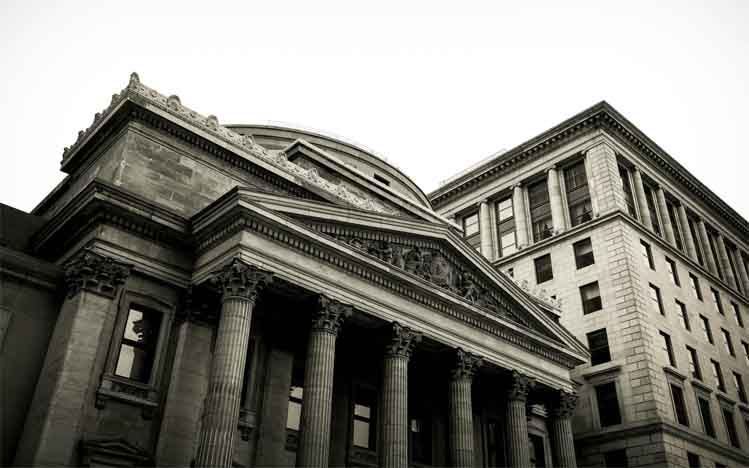
Bitcoin’s future price is largely tied to the actions and policies of the Federal Reserve. At the start of the COVID-19 pandemic, Bitcoin traded below $10,000. While a considerable proportion of the demand underpinning this run is due to fears over currency crises as well as Bitcoin’s potential role as a digital gold, Federal Reserve (Fed) liquidity programs have also helped.
In fact, the reason why the US has not experienced a serious downturn since the pandemic is arguably thanks to Federal Reserve liquidity programs. Yet those programs aren’t designed to last forever. With key programs drying up, Bitcoin (and traditional markets) could see declining demand and even a correction and consolidation.
Bank Term Funding Programmed No More
One such example of a program is the Bank Term Funding Program (BTFP), which already ended on March 11. The Fed launched the Bank Term Funding Program after the collapse of a trio of regional banks (Signature Bank, Silvergate, and Silicon Valley Bank). Its aim was to ensure other banks could meet the needs of depositors.
Essentially, as fears of further bank failures gripped the market, BTFP stopped the panic by allowing US banks to borrow from the central bank using bonds as collateral. Despite the sunsetting of this program, banks can still borrow through the discount window, albeit at more expensive borrowing rates. Banks could, however, increase lending rates or make less credit available, which could spell an economic downturn.
Reverse Repo End In Sight?
Yet another program—the Fed’s reverse repo facility—could end by later this year. The reverse repo program permitted financial institutions to deposit excess cash overnight with their central bank for government bonds, earning extra money with low risk and adding liquidity.
The use of this particular facility has been on the decline since late 2022, because central banks have fewer bonds to lend and institutions have less overnight money. The Fed’s overnight daily balances fell from more than US $2.2 trillion in mid-2023 to below US $600 billion in January.
As repo balances fall, liquidity could really start to tighten as markets feel the effect of quantitative tightening. The Fed has suggested it could then slow and end the program at that point, which could come anytime between March and year’s end, putting financial markets at risk for a rocky transition with banks increasing interest rates and lowering loans.
Bitcoin Could Correct In Lower Liquidity Environment
The BTFP and reverse repo programs went a long way towards calming markets. The schemes helped keep the US banking system afloat and their closure could leave the system susceptible to a new banking crisis. Recession is likely yet to come because the Fed was pumping money into banks, especially when Silicon Valley Bank, etc. were failing in early 2023, which resulted in a huge liquidity boost.
At the current juncture, to be sure, if the Fed doesn’t pull liquidity, markets will continue to go higher. The central bank, however, finds itself in a tough spot. Any sort of increase in liquidity right now with markets at all time highs doesn’t allow the Fed to really maneuver, because it’s going to keep inflation high.
And yet closing the BTFP and the reverse repo programs simultaneously could create conditions leading to another 2008 liquidity crisis. Bitcoin could correct under such conditions. Much of its price history has come in a quantitative easing environment. If the Fed goes all in on tightening in 2024, Bitcoin could face price headwinds. Nevertheless, its long term trajectory remains that of a digital gold that is to remain for a long time.
What happens next is anyone’s guess. Federal Reserve chair Jay Powell expects inflation to decline towards the US central bank’s 2 percent goal. US inflation fell to 2.5 per cent in February, according to the personal consumption expenditures used by the Fed, increasing from the 2.4 per cent in the year to January.
The Fed still expects to cut rates by 0.75 of a point this year, down from their 23-year high of 5.25-5.5 per cent. While the Bitcoin industry has maintained its focus on Bitcoin ETFs and the halving event, the importance of Federal Reserve policies in Bitcoin’s price direction cannot be overlooked. They always have and will continue to play a major role for Bitcoin, Bitcoin ETFs and halvings be damned.
Kadan Stadelmann
Kadan Stadelmann is a blockchain developer, operations security expert and Komodo Platform’s chief technology officer. His experience ranges from working in operations security in the government sector and launching technology startups to application development and cryptography. Kadan started his journey into blockchain technology in 2011 and joined the Komodo team in 2016.
(*)




